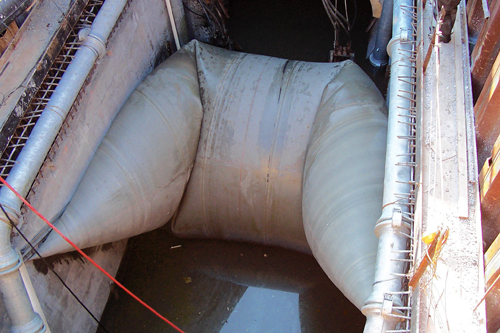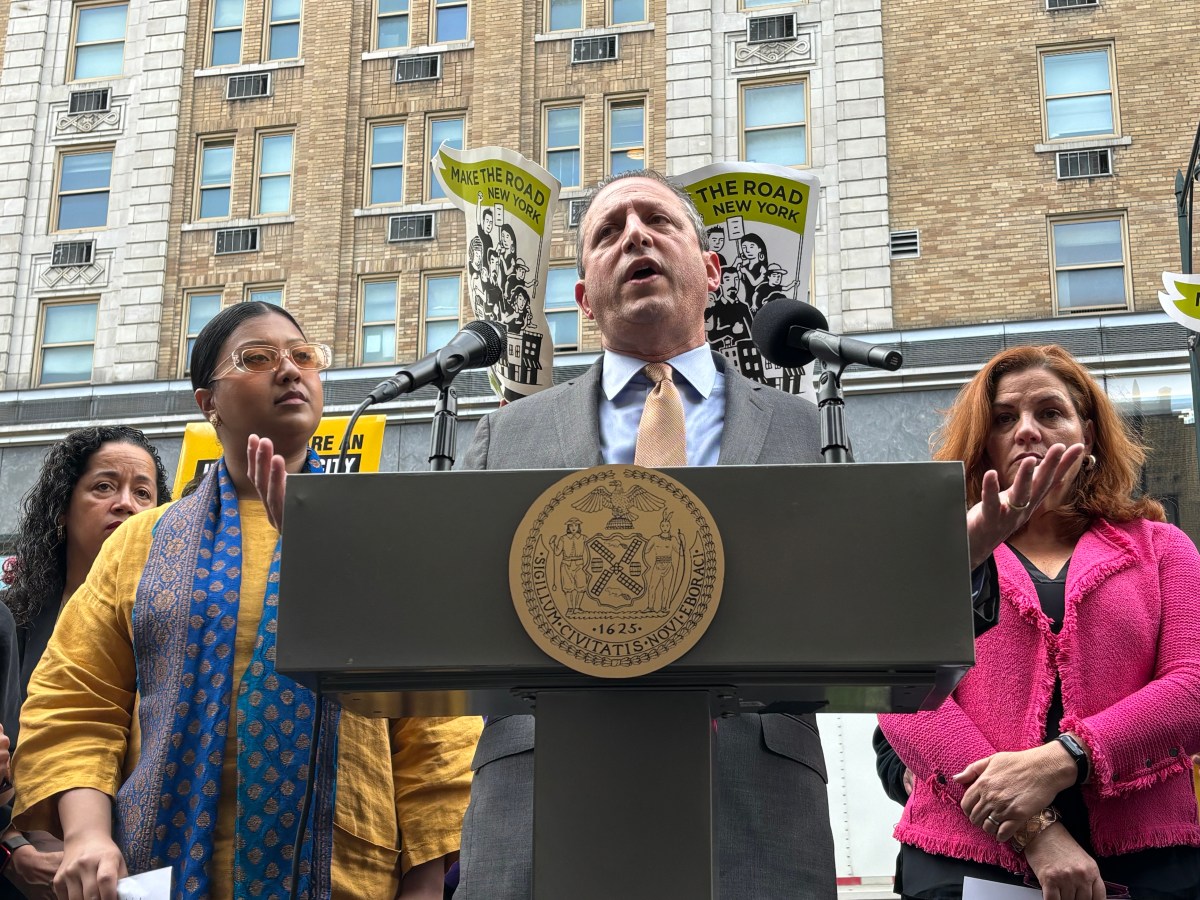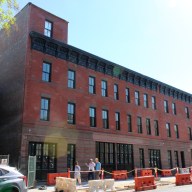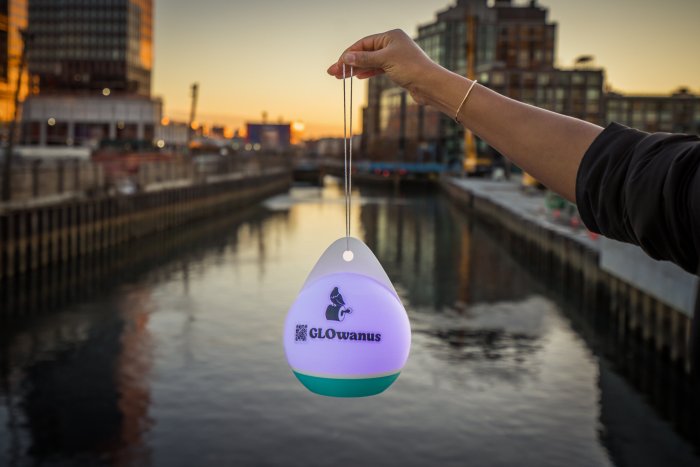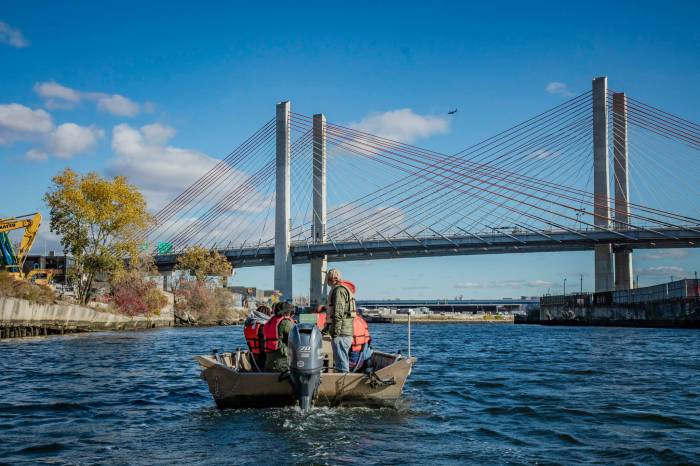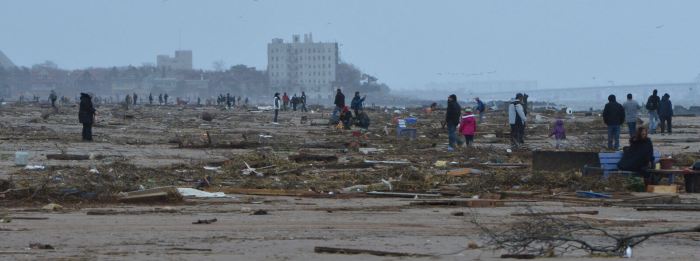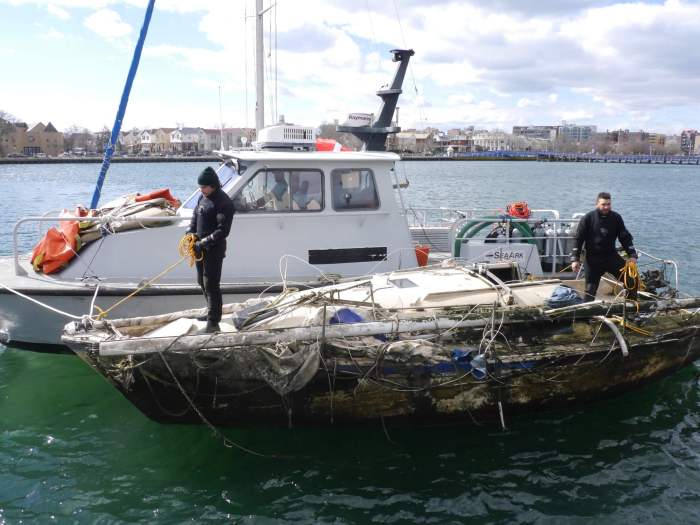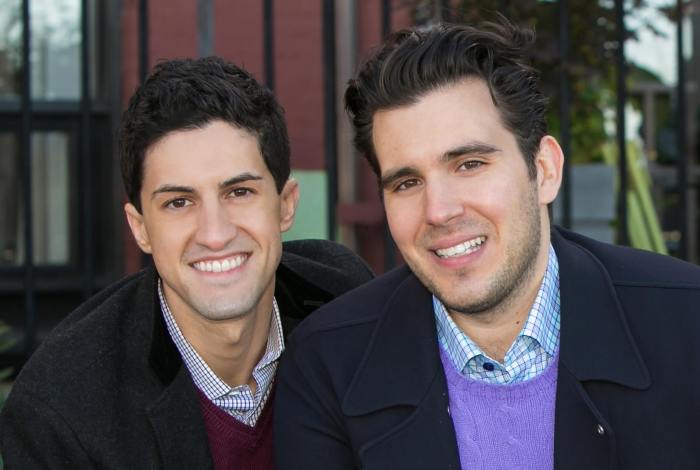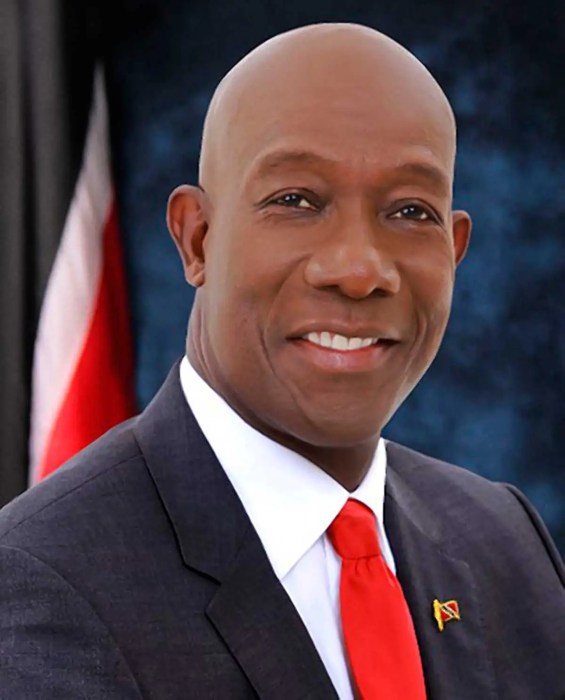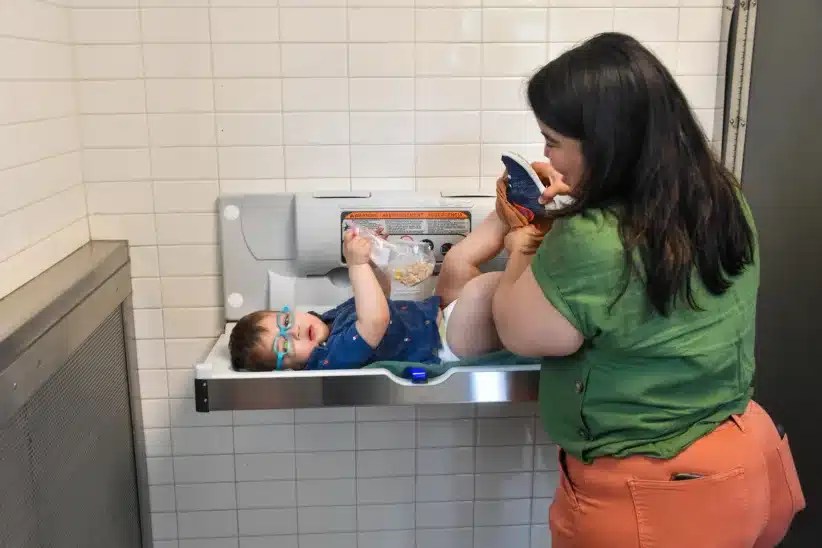The city hopes inflatable dams will keep millions of gallons of raw sewage from pouring into Brooklyn’s waterways, offering a potential remedy to an environmental woe that raises a stink everywhere from the Newtown Creek to the Gowanus Canal.
The Department of Environmental Protection put two banana-shaped blow-up dams in sewers in Williamburg and Vinegar Hill in an attempt to prevent nearly two million gallons of household waste and stormwater from entering the East River when wastewater treatment plants are overburdened in heavy rain.
Some environmental activists hope the $15.7-million pilot program is a sign the city is getting serious about so-called combined sewer overflow — a problem so severe that the federal government says its costly clean-up of Gowanus Canal would be a waste if the Bloomberg administration lets it go untreated.
The city’s sewage treatment plants do not have the capacity to process all of the fetid wastewater that flows through sewers during severe downpours, so huge quantities of it spew into Brooklyn waterways.
But city officials hope to find a solution with the help of two synthetic rubber dams, which resemble thick bicycle inner tubes, that were installed in sewer lines at Kent Avenue and S. Fifth Street in Williamsburg and Gold and Plymouth Streets in Vinegar Hill two months ago.
Now when a heavy storm soaks the borough, the dams inflate like airbags to block waves of filthy sewage and rainwater from pouring into the river.
When rain subsides and the wastewater treatment plants are ready, the dams deflate and dirty stormwater heads to sewage plants in Greenpoint and Red Hook.
“We want to store as much as we can, without backing up the system and causing other problems,” said Department of Environmental Protection’s Vincent Sapienza.
If the dams work effectively, city officials hope to remove 100 million gallons of wet sewage from the city’s harbors each year and to bring the blow-up barriers to other neighborhoods including Greenpoint and the Gowanus, which are home to two of the nation’s most polluted creeks.
The Obama administration, which plans to dredge the Gowanus Canal to clean up decades of industrial sludge, used federal clean water regulations to force the city to launch a $180-million upgrade of sewers near the waterway in an attempt to reduce the filth that drains into it by a projected 34 percent.
Some environmental activists in Gowanus hope the inflatable dams — coupled with plantings and other water-retaining infrastructure improvements — could keep even more of the nastiness out.
“It’s worth a try, sure,” said Bill Appel, Gowanus Canal Community Development Executive Director. “Every little bit helps, even water retention from rooftops near the Gowanus — but you need consistency.”
But not all Brooklyn clean-water advocates are happy with the dam plan.
Artist Deborah Masters, who proposed a stormwater-absorbing wetland park in Greenpoint last year, called the dams an “expensive, short-term fix” and worried they might break and clog storm drains.
“This inflatable dam system still leaves stormwater dirty to return to sewage treatment plants where the stormwater is stressing the capacity of the sewage treatment plant,” said Masters. “The dams have no guarantee that the system won’t back up or overflow into rivers during very heavy rain events.”
Reach reporter Aaron Short at ashort@cnglocal.com or by calling (718) 260-2547.


